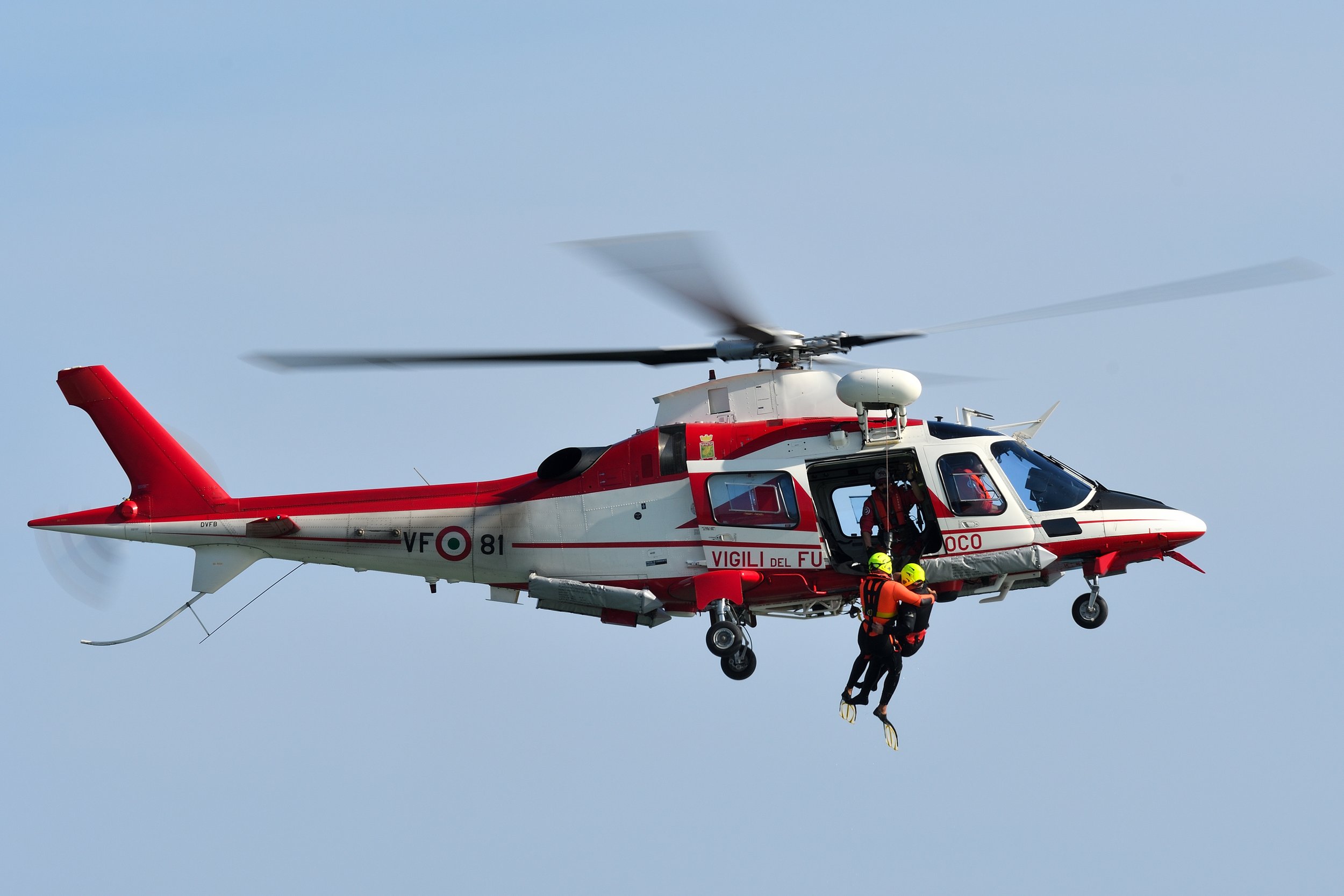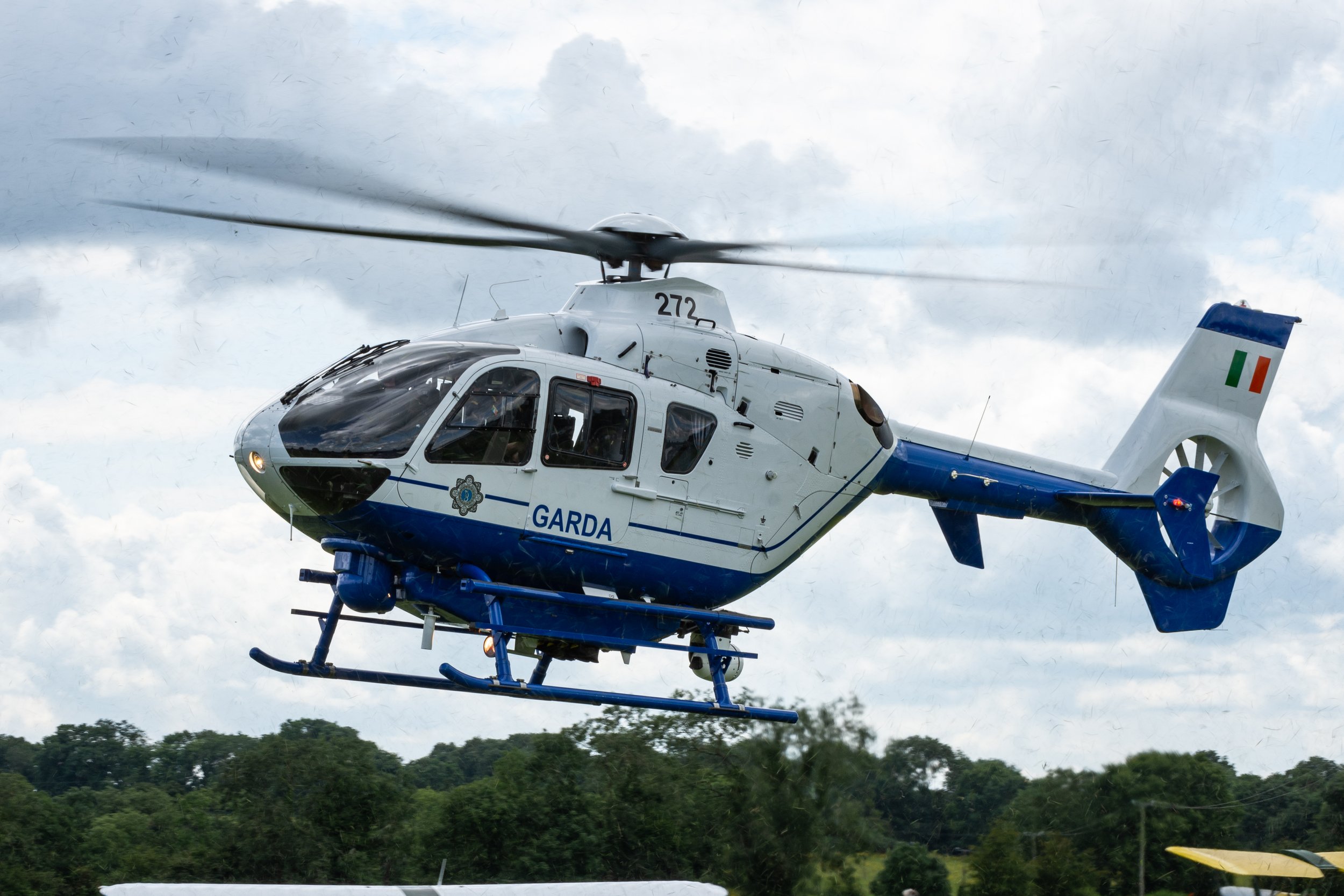Flying Bulls Sycamore
Country
Austria
Aircraft
Bristol Sycamore
Base
Salzburg Airport
Bristol 171B HR.52 Sycamore
The Bristol Type 171 Sycamore was an early helicopter developed and built by the helicopter division of the Bristol Aeroplane Company. The name refers to the seeds of the sycamore tree, Acer pseudoplatanus, which fall with a rotating motion. It has the distinction of being the first British helicopter to receive a certificate of airworthiness, as well as being the first British-designed helicopter to be introduced by and to serve with the Royal Air Force (RAF).
Typically capable of seating up to three passengers, the type was often used as a transport for both passengers and cargo alike. In RAF service, the Sycamore was normally used in the search and rescue and casualty evacuation roles. The type proved the value of rotorcraft to easily traverse inhospitable or otherwise inaccessible terrain; the Sycamore made valuable contributions to British military activities during the Malayan Emergency, the Cyprus Emergency, and the Aden Emergency, in addition to other operations.
In addition to its British military service, various models of the Sycamore were produced and operated by a number of users, including overseas military operations and civil customers. Civilian operations typically involved transportation, mountain rescue, and aerial survey work. In 1959, production of the Sycamore ended after 180 rotorcraft had been completed.
The Bristol Sycamore was one of the first production helicopters to be developed. Each Sycamore was manufactured with all of the necessary fixed fittings to enable it to be quickly adapted for any of six major roles: search and rescue, air ambulance, passenger transport, freight transport, aerial crane and dual instruction; it was also used for other specialised roles. The Sycamore seated four-to-five occupants, depending on the model; it was usually fitted with three folding canvas seats as well as a single rotating seat beside the pilot. In addition to the passenger cabin, it had a separate luggage compartment.
A specialised air ambulance model of the Sycamore was developed during the early 1950s. In this configuration, up to two patients were carried inside the cabin on stretchers stacked one above the other; this was different to the usual arrangement of the era of using externally-mounted "pods" for carrying patients. To provide the extra width necessary in the cabin, detachable Perspex blisters were fitted on each side of the cabin. The stretcher racks could be folded into the sides of the cabin, providing room for up to three sitting casualties instead; an electrical supply outlet was available for connecting electric blankets. Next to the pilot was a swivelling seat for a medical attendant.
The blades of the three-bladed main rotor were attached to the rotor head with lightweight interleaving steel plates while tie-rods carried the centrifugal tension loads. The blade levers were connected using ball joints to the arms of a control spider, the cone of which was actuated up and down by the collective pitch lever which changed the pitch of all the blades; an irreversible mechanism was used to prevent blade loads from being transferred back to the control stick. The blades were supported when stationary or turning slowly by droop stops, which maintained a minimum clearance between the blade tips and the tail boom even in high winds; these stops were withdrawn above 100 RPM so that full freedom of movement for the effective flight was possible.
The Sycamore was powered by a single Alvis Leonides piston engine of 550 hp. The engine was mounted below and to the rear of the main rotor on a flexible mounting to reduce vibrations transmitted to the helicopter structure. It was isolated in a fireproof enclosure which was fitted with fire detection and extinguishing equipment to meet certification requirements. The air was drawn through a forward-facing grill to cool the gearbox before passing through the engine cowling and leaving the fuselage. The engine power was controlled by the collective pitch lever. In order to maintain the rotor speed at its required setting fuel to the engine had to be automatically varied as the rotor pitch setting commanded by the pilot changed the load on the engine; fine adjustment of engine power was achieved by twisting the pitch lever. The Sycamore had a relatively high rotor speed for the era, which was claimed to give a smoother ride and be safer in the event of engine failure.
| Back to Top |
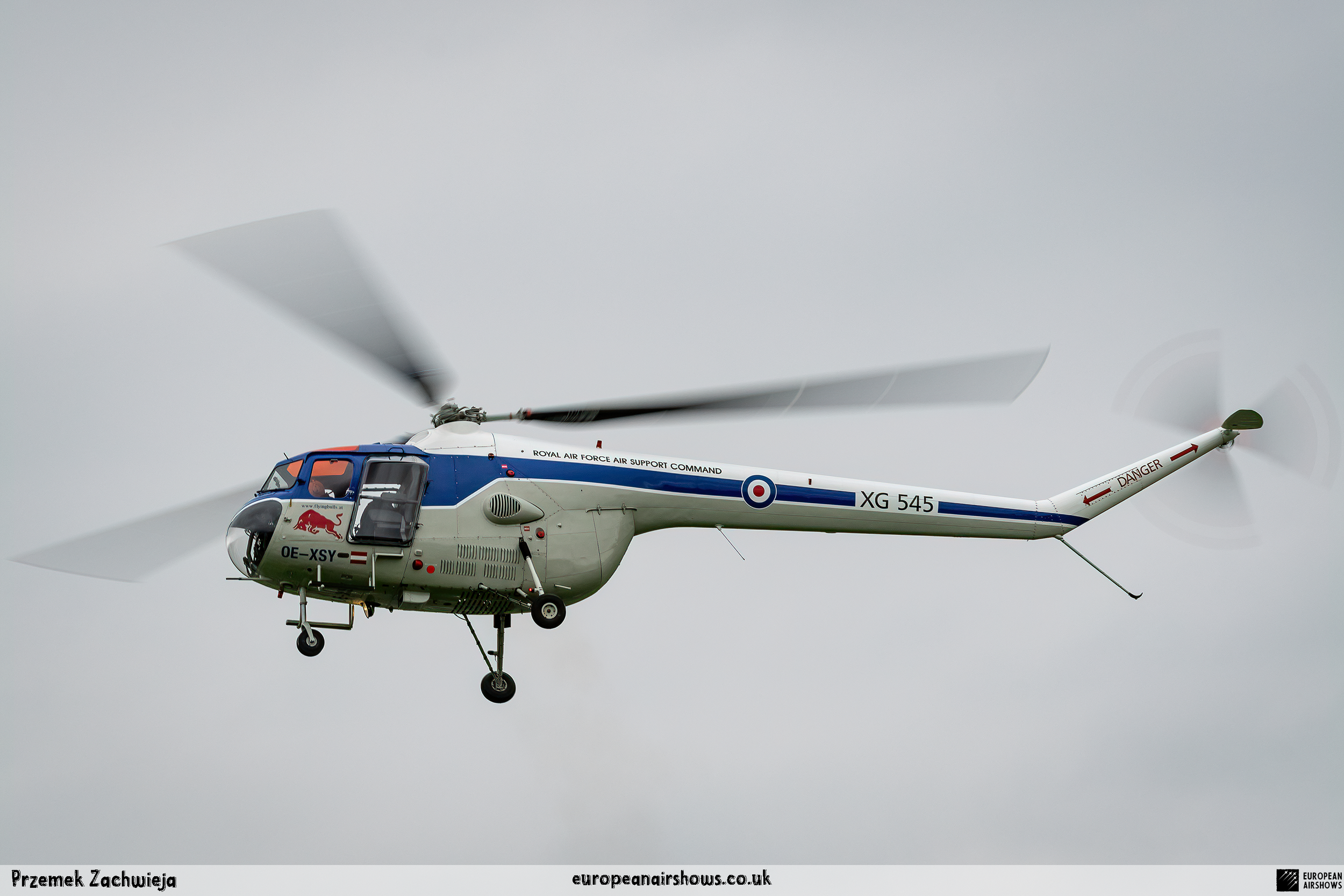

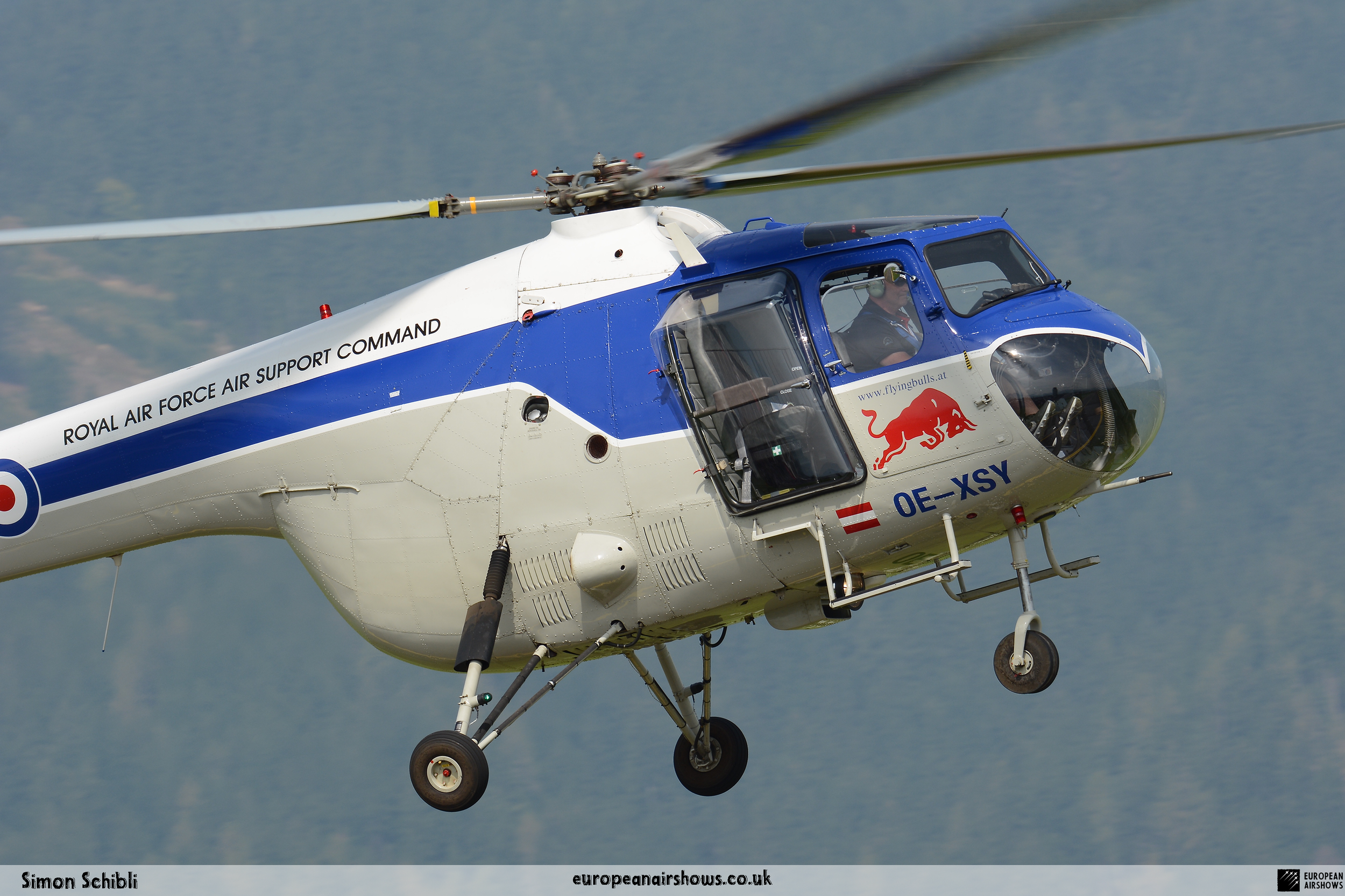
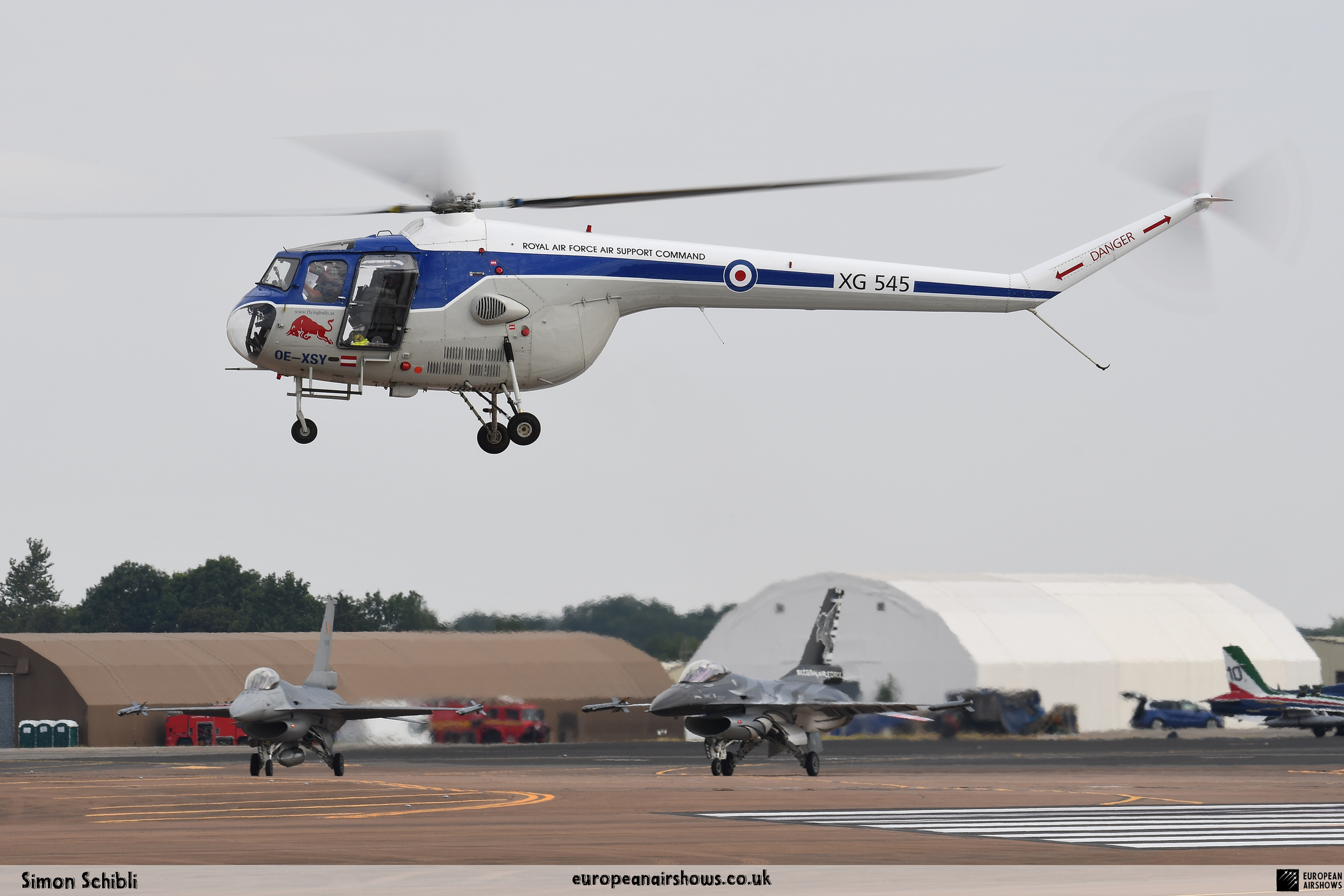
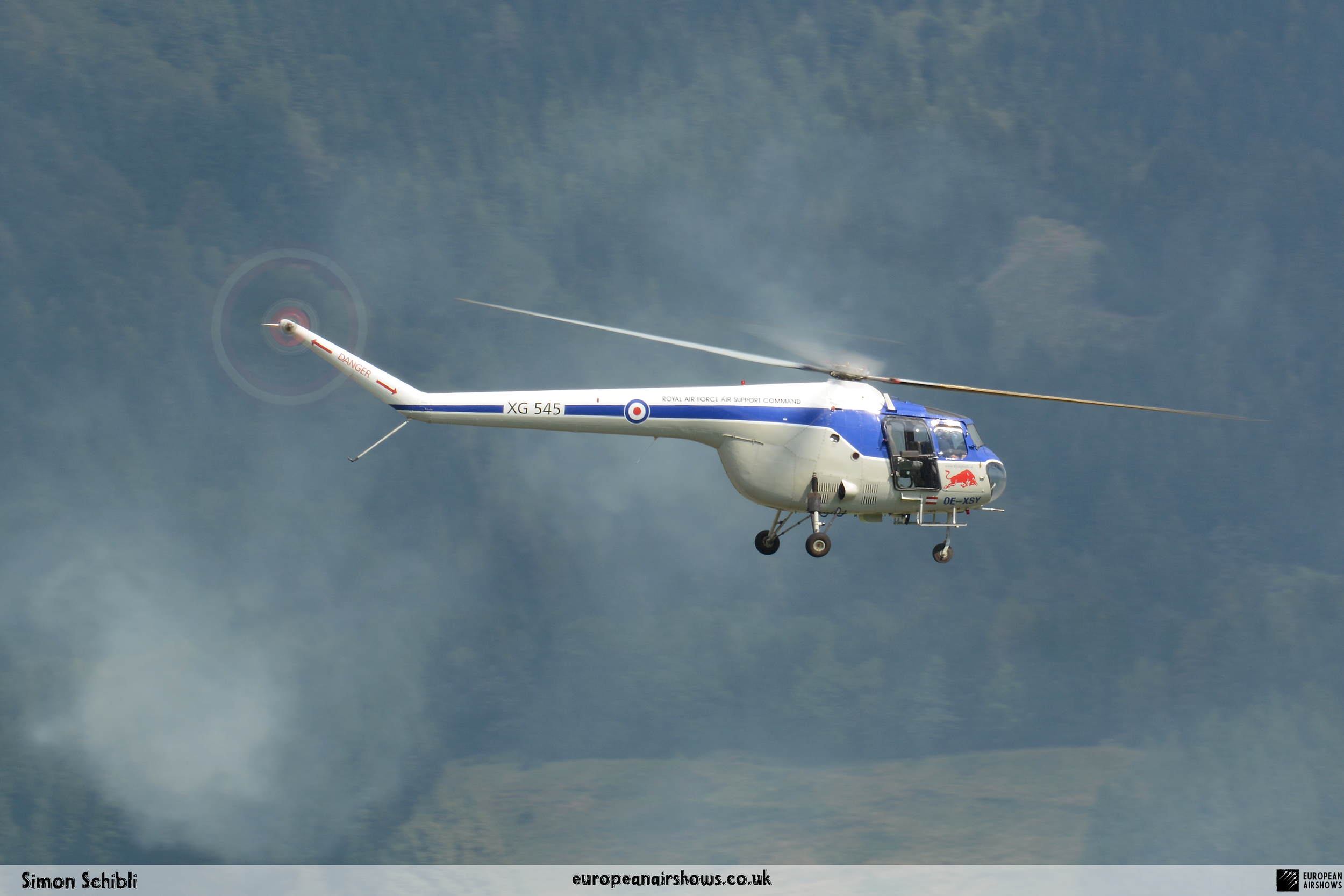
| Back to Top |




























